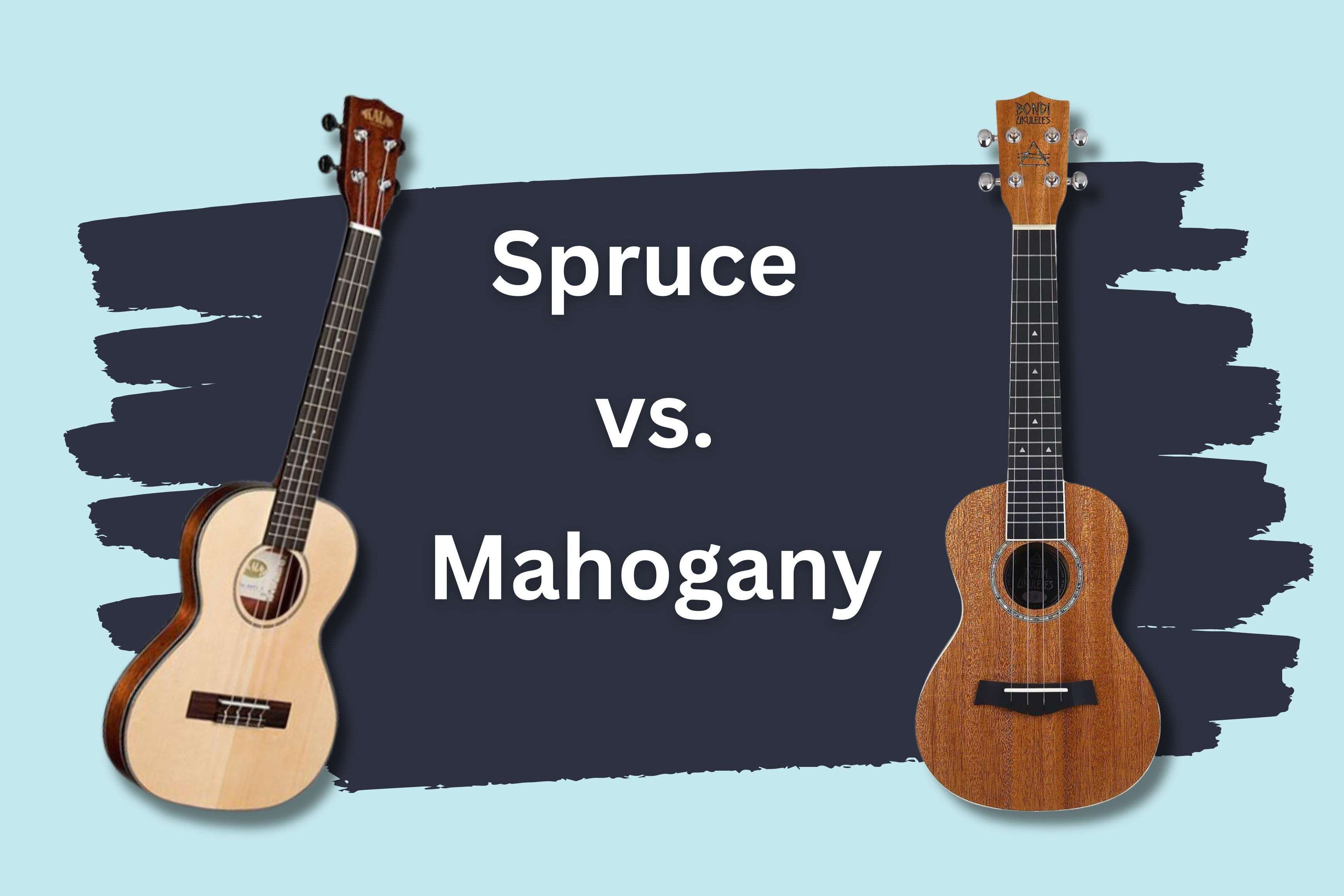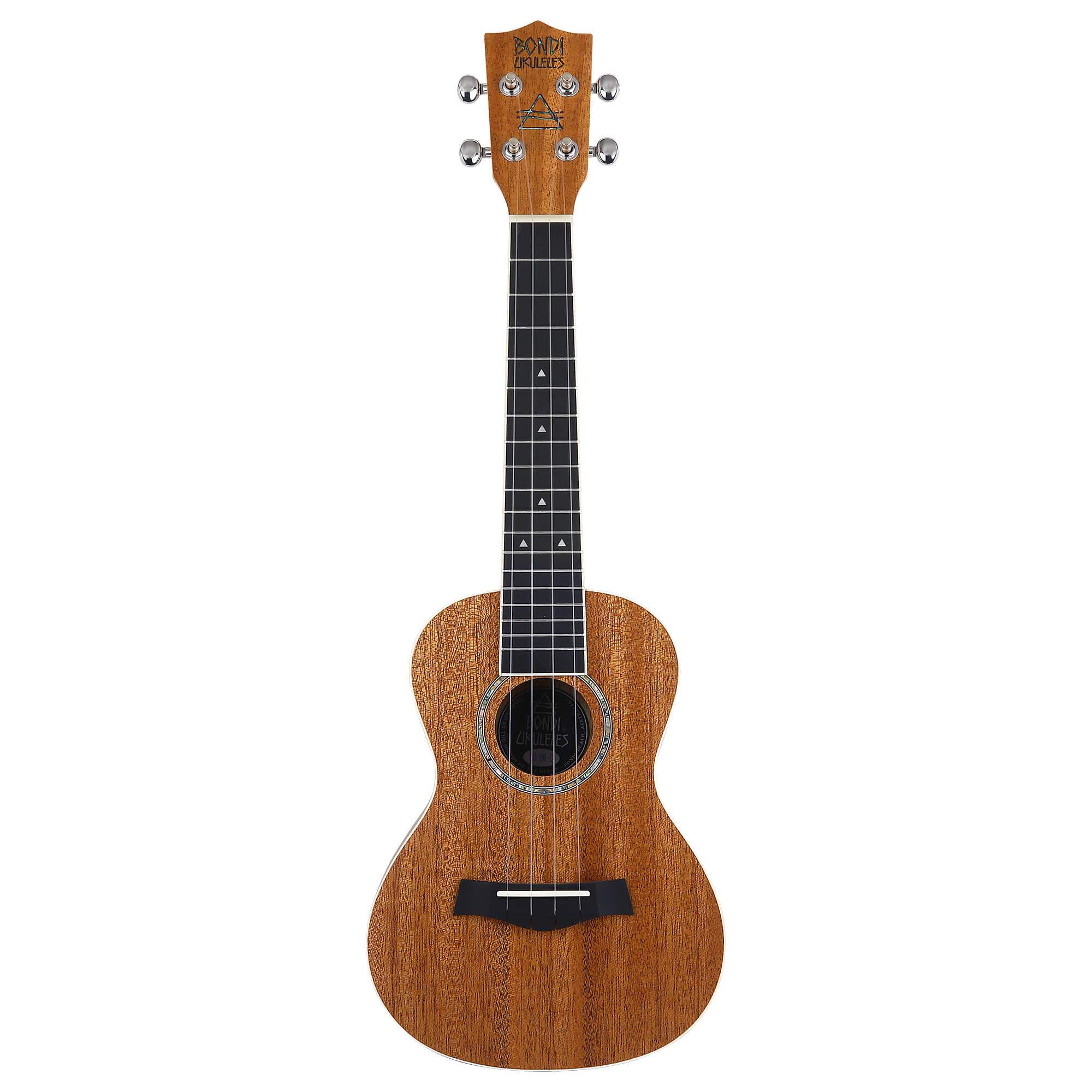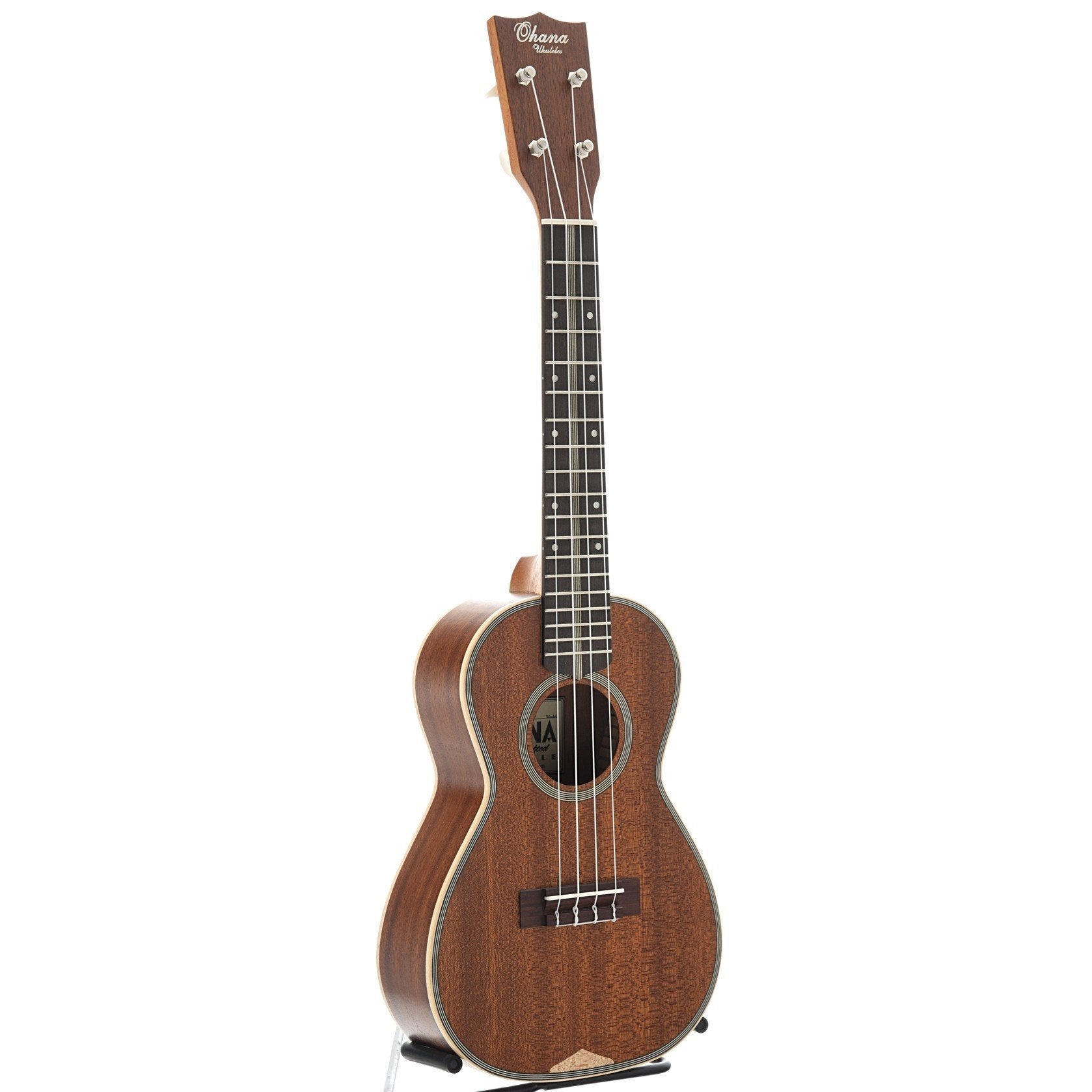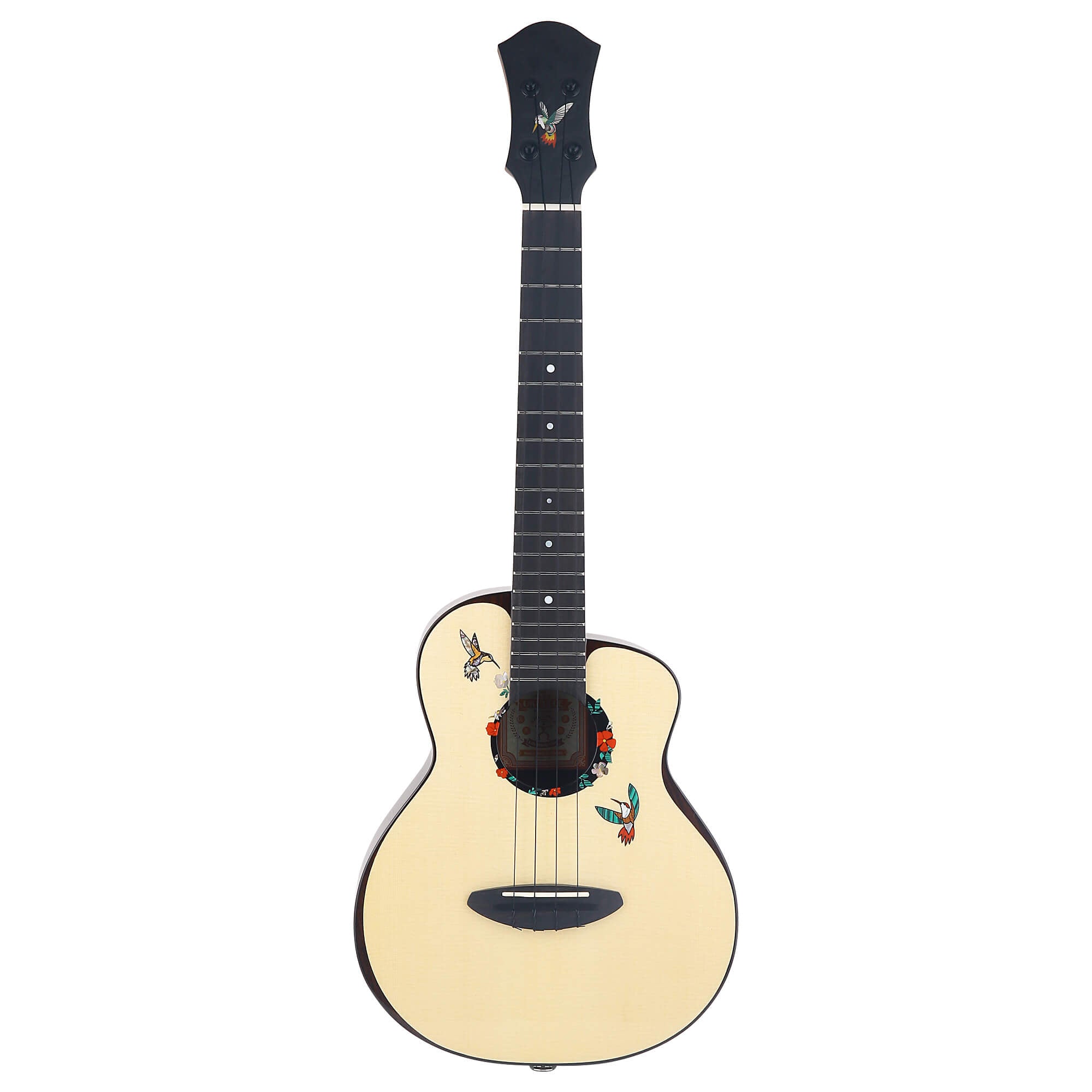Spruce vs. Mahogany Ukulele: Differences, Pros, and Cons

When it comes to choosing a ukulele, the type of wood used in its construction significantly impacts its sound, durability, and overall playability.
Two of the most popular tonewoods for ukuleles are spruce and mahogany.
Understanding their characteristics can help you make an informed decision based on your playing style and preferences.
Let's have a squiz at how these uke woods stack up against each other, so you can make a top-notch choice for your next ukulele.
Spruce Ukulele
Characteristics:
Sound: Spruce is known for its bright, clear, and loud sound. It has excellent projection and a wide dynamic range, making it ideal for players who want a punchy, responsive tone.
Appearance: Spruce wood typically has a light, creamy color with a fine, straight grain. Over time, it can develop a rich golden patina.
Density and Weight: Spruce is a relatively lightweight wood, which contributes to its resonance and sustain.

Pros:
Bright and Clear Tone: Spruce ukuleles produce a bright, clear sound that cuts through well in ensemble settings.
Loud Projection: The wood's ability to project sound makes it a favorite for performances.
Dynamic Range: Offers a wide dynamic range, suitable for various playing techniques and styles.
Resonance: Lightweight construction enhances resonance and sustain.
Cons:
Sensitivity: Spruce is more responsive to touch, which can be less forgiving for beginners who have yet to develop precise playing techniques.
Maintenance: The lighter color of spruce can show dirt and wear more visibly, requiring more careful maintenance.
Durability: While it has good resonance, spruce can be more prone to dents and scratches compared to harder woods.
Mahogany Ukulele
Characteristics:
Sound: Mahogany is known for its warm, rich, and mellow tone. It has a well-balanced sound with strong mid-range frequencies, making it versatile for different genres.
Appearance: Mahogany has a reddish-brown color with a straight, fine, and even grain. It can darken beautifully with age and exposure to light.
Density and Weight: Mahogany is denser and heavier than spruce, which contributes to its warm tone and durability.
Pros:
Warm and Mellow Tone: Produces a warm, rich, and balanced sound, excellent for a variety of musical styles.
Durability: Mahogany is a dense and durable wood, making it less susceptible to damage from dings and scratches.
Consistent Tone: Offers a consistent tone across all playing dynamics, making it reliable for both studio and live performances.
Aesthetic Appeal: The rich, reddish-brown appearance of mahogany adds to the visual appeal of the instrument.
Cons:
Heavier Weight: The denser wood makes mahogany ukuleles heavier, which might be less comfortable for extended playing sessions.
Less Projection: While warm and rich, mahogany's sound projection is not as loud or bright as spruce, which may be a drawback for some performers.
Tone Limitations: The warm tone may lack the brightness some players seek, particularly for genres that require a crisper sound.
Final Verdict
Choosing between a spruce and mahogany uke really comes down to your personal taste and how you like to play. If you're after a bright, clear, and loud sound with top-notch projection, a spruce uke is a ripper choice. But if you’re more into a warm, rich, and balanced tone with some extra durability, a mahogany uke would be right up your alley.
If you can, give both a go to hear the differences for yourself. Each wood type has its own unique vibe that can take your musical experience to the next level.
 Lifetime Warranty
Lifetime Warranty  60 Day Returns Policy
60 Day Returns Policy 1-2 Day Delivery
1-2 Day Delivery 






































Leave a comment